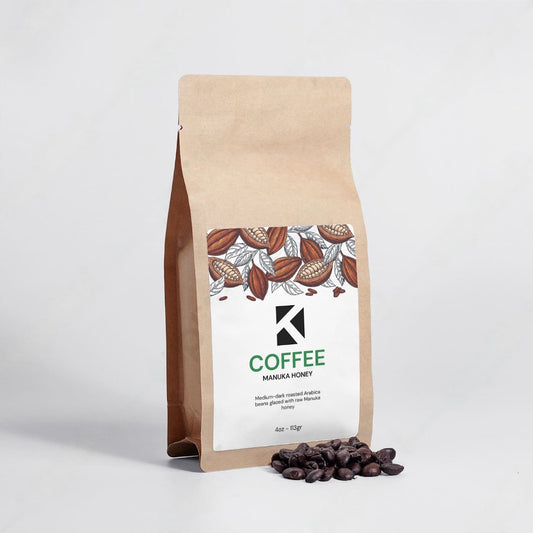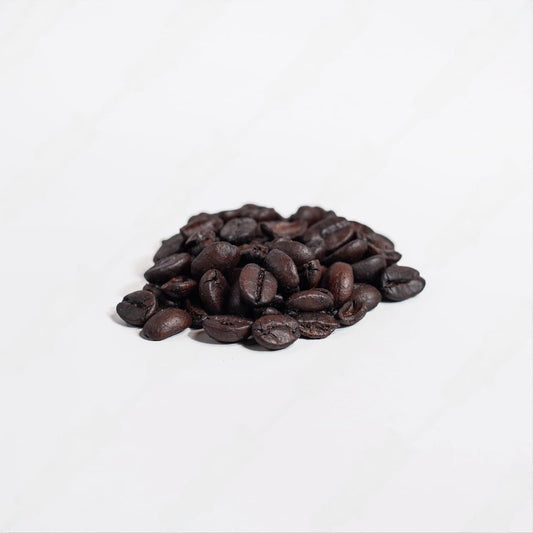Collection: Thai Coffees
Discover our most aromatic whole bean coffees from Thailand , sourced from the fabulous mountainous region of Chiang Mai , where the climate is ideal for coffee trees to produce superior quality coffee.
-
Ground Arabica Coffee - Lion's Mane & Chaga
Regular price From €19,90 EURRegular priceUnit price / per -
Arabica Coffee Beans - Manuka Honey
Regular price From €19,90 EURRegular priceUnit price / per -
Coffee Beans Thailand - Selection
Regular price From €25,00 EURRegular priceUnit price / per -
Coffee Beans Thailand - Valley Secret
Regular price From €25,00 EURRegular priceUnit price / per
Roasting Process
Learn more
Let's discover together how Amazon Coffee beans have become Thailand's favorite coffee brand for decades.
The Amazon Coffee Roasting Plant was established to enable Thais to enjoy delicious coffee at an affordable price, in accordance with current standards. All procedures focus on the selection and purchase of quality coffee beans, roasting methods based on excellent standards, and the preparation of aromatic beverages. The roasting plant in Thailand is certified according to the Good Manufacturing Practices (GMP Codex) standard system.
Café Amazon focuses on the quality of selecting Arabica and Robusta coffee beans from coffee field sources in Thailand , including royal projects, companies, and farmer cooperatives. Their experts inspect the entirety of the bags, measure the moisture level, count the defects, and measure the size of the coffee beans according to the standards specified by the roasting factory .
The Thai coffee beans are then delivered to the contaminant separation and cleaning processes. All the coffee beans are cleaned, and then the best coffee beans are sorted and separated according to the size, color, and weight specified by the roasting plant. The selected green coffee beans are then sent to the roasting process.
During the roasting process , control room operators operate using a computer system. Green beans are delivered to the roasting room by wind. They remain in the bucket above the roaster until it reaches the appropriate temperature. They are then introduced into the roaster and roasted for a set amount of time. The roaster lid is opened to release the heat. The roasted coffee beans are transported and rested until they cool.
After complete roasting, the batch of coffee beans is inspected according to quality standards. The color of the coffee bean is measured to check the roasting level , including the moisture and density level. The cup testing process is also carried out to test the taste, starting with smelling the aroma of the coffee . If an unusual aroma or taste is detected, the affected batch of coffee beans is discarded. If the taste and aroma meet the required quality, the batch passes the test and is sent to the packaging process.
The validated roasted coffee is then packaged using a hygienic, GMP-compliant packaging process. The manufacturing date and expiry date must be printed on the packaging, including the packaging duration and the batch number of the packaging material, for traceability purposes. An aroma protection valve is also provided to release the carbon dioxide emitted by the freshly roasted coffee . It also prevents outside air from entering the coffee bag to preserve the quality of the coffee in the package.






